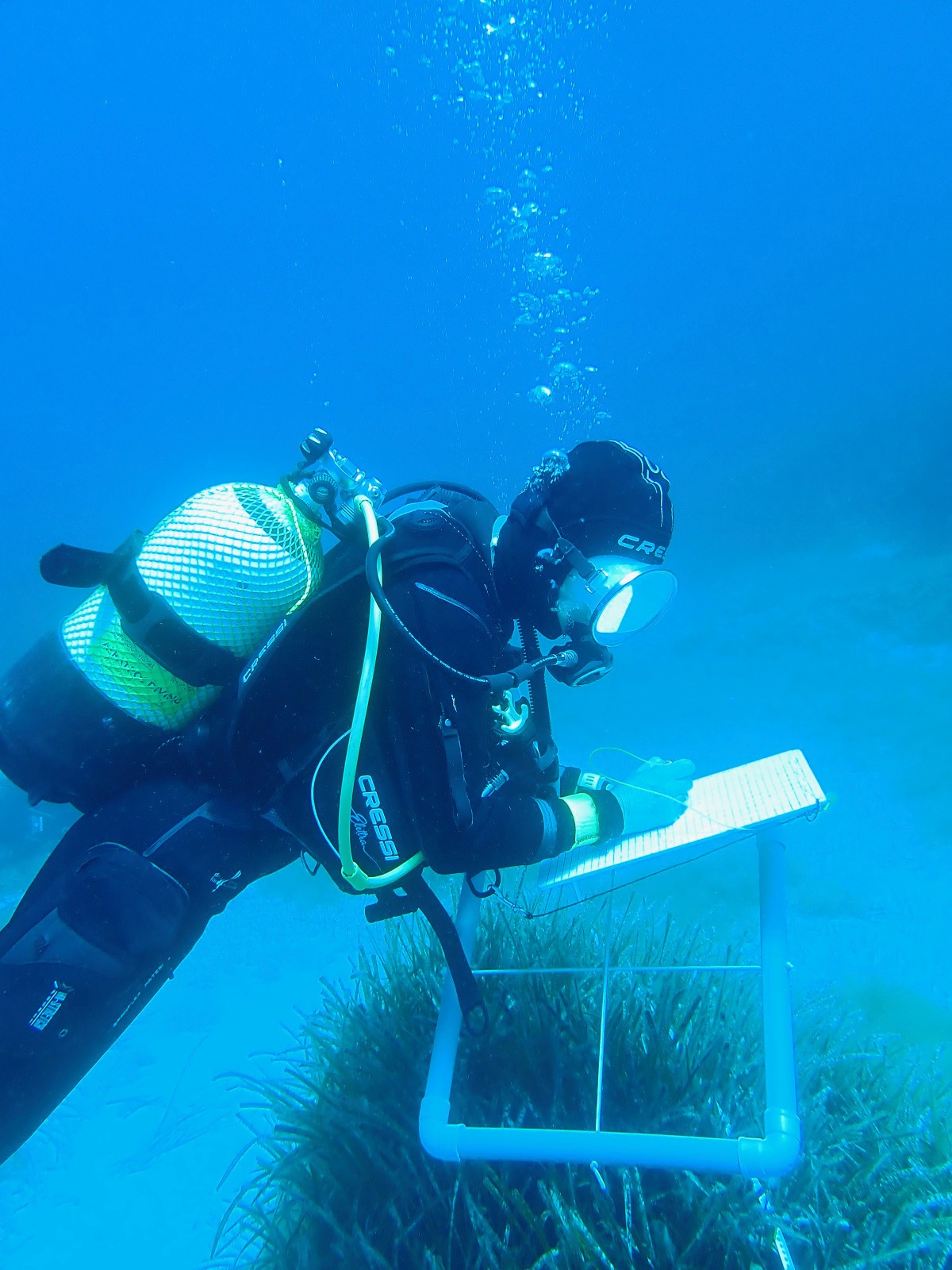Seacology is especially interested in conserving seagrass, mangrove, and peatland ecosystems. All are crucial on islands and globally, but seagrass in particular deserves attention. Seagrass meadows and other coastal ecosystems “are among the most threatened habitats in the world,” according to a 2021 UN study. It’s estimated that about seven percent of the world’s seagrass disappears every year.
That loss causes enormous damage, because seagrass provides:
- Wildlife habitat for endangered dugongs, seahorses, sea turtles, and many more species
- Less storm damage because seagrasses inhibit erosion and slow down waves
- Economic benefits from fisheries and tourism
- Better water quality because seagrasses trap fine particles and filter nutrients in runoff
- Reduced seawater acidification, which is increasingly important as oceans become warmer and more acidic
- Carbon sequestration
Where seagrass meadows have been destroyed, active restoration is usually needed. This is true in the Mediterranean, where there has been extensive damage to Posidonia, the seagrass that forms the foundation of the marine ecosystem.
Seagrass restoration projects entail experimenting with different methods: transplanting mature plants, collecting seeds, using bags or scattering to sow seeds, and so on. It is still early days when it comes to determining the best technique for a particular location.
Our project partner, the Spanish NGO Arrels Marines, does seagrass research and community-based restoration in the Balearic Islands. Its replanting plots are shallow, so local people can participate. The areas replanted are small, but even a small patch of seagrass improves water quality, which encourages more seagrass. The goal is to expand the use of successful methods to much larger areas.
They will use a Seacology grant for buoys, anchors, replanting materials, support boat if applicable, and signs and posters explaining what is being done. The rest will go for public education.







